You are new to IoT development. You are not a programmer. You are not a hardware engineer. Don't worry!
This page provides you with step-by-step instruction to learn how to program and create IoT devices.
This video shows you how easy it is to get started with PHPoC.
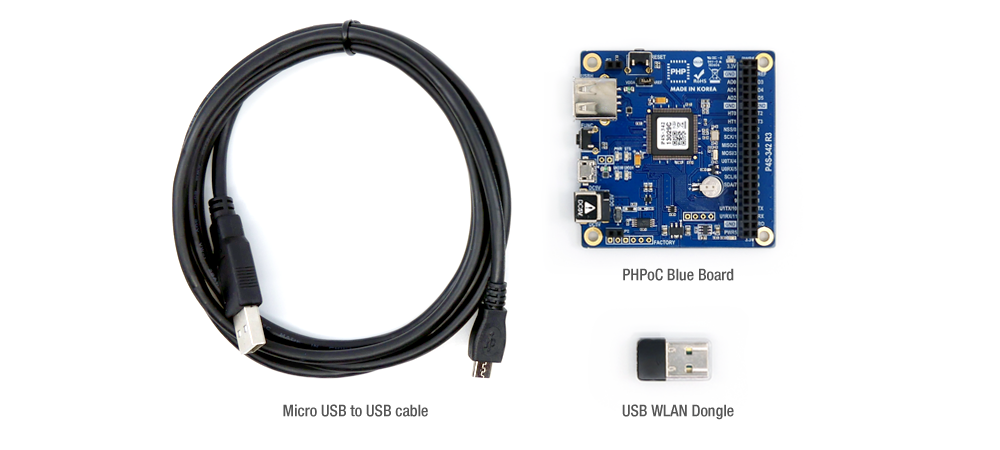
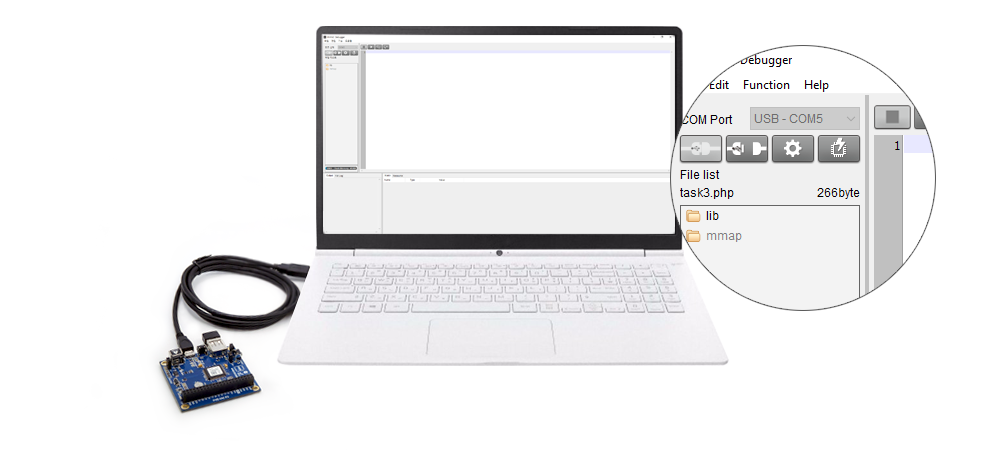
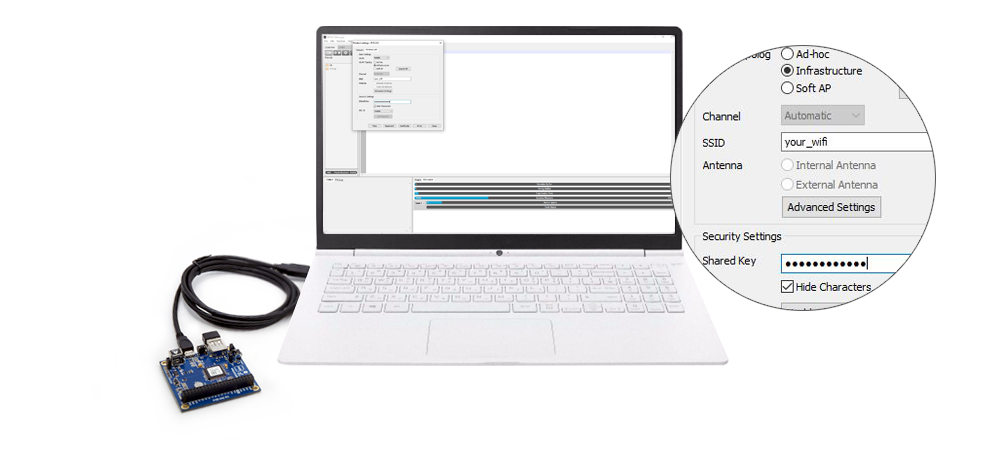
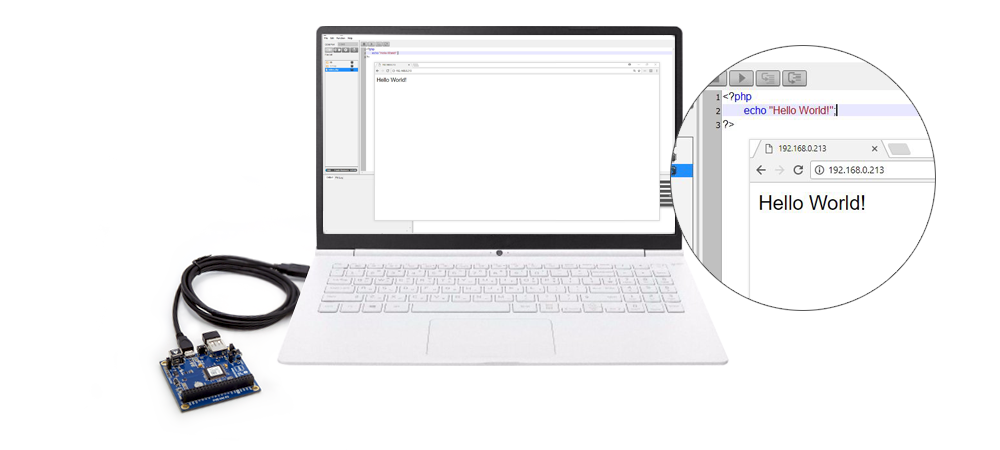
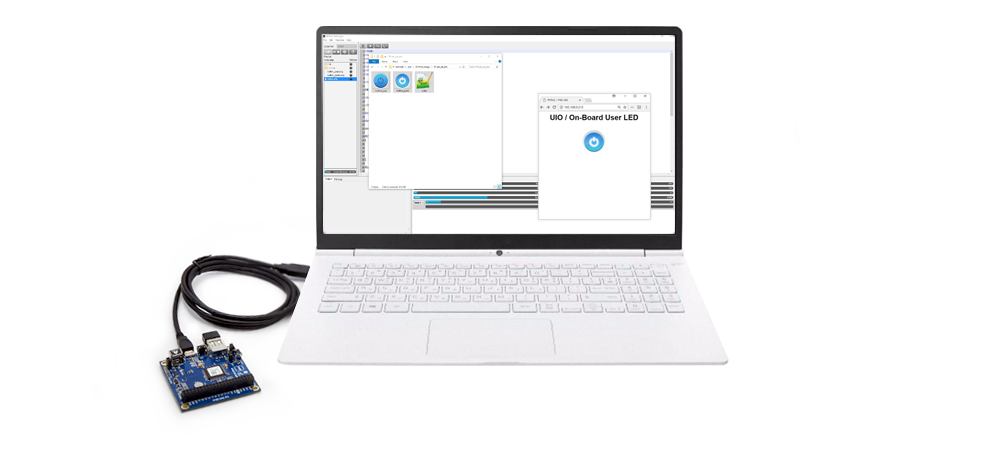
Generally, main tasks of IoT devices is to send data that is collected from sensors through the internet or
receive data from the internet and take some specific actions based on the data.
To be more specific, PHPoC-powered IoT applications can be classified into the following types.
PHPoC can connect to the internet and exchange data via various protocols (e.g., TCP/IP, UDP, DNS, HTTP, MQTT, ICMP...), in a normal or secure way (SSL/TLS).
* Examples:
DNS Lookup,
Sending Email,
Making HTTP Request,
Updating MySQL

PHPoC allows you to read the sensing data from sensors and send it to the internet periodically, on event or on demand. Whatever you want to monitor, PHPoC offers many ways to do it, such as via web, via IoT cloud, email or MySQL, etc.

|
Via Web |
You can create Web App on PHPoC, which enable to monitor states of sensors/device from web browser on PC, tablet or smart phone.
Especially, since PHPoC supports HTML5, the sensing data can be sent real-time via WebSocket and visualized on web browser. * Examples: Web-based Thermometer, Monitoring Toilet Paper |
|
Via IoT Cloud and Web Service |
PHPoC can send the sensing data to IoT clouds or web services via various protocol (such as HTTP, MQTT, TCP socket) in secure way (SSL/TLS). * Examples: PHPoC with ThingSpeak, PHPoC with Samsung IoT Cloud |
|
Via email |
PHPoC can send notification via email when an event is detected. PHPoC supports both SMTP and ESMTP. * Examples: Door-opening Monitoring via Gmail, Detecting Someone Taking Your Stuff |
|
Via MySQL |
PHPoC can periodically insert/update the sensing data or device's state to remote MySQL server. * Examples: Simple IoT Lock |
You can control PHPoC-powered devices from anywhere through the internet. PHPoC offers many controlling ways, such as via web, via IoT cloud or voice interaction, etc.
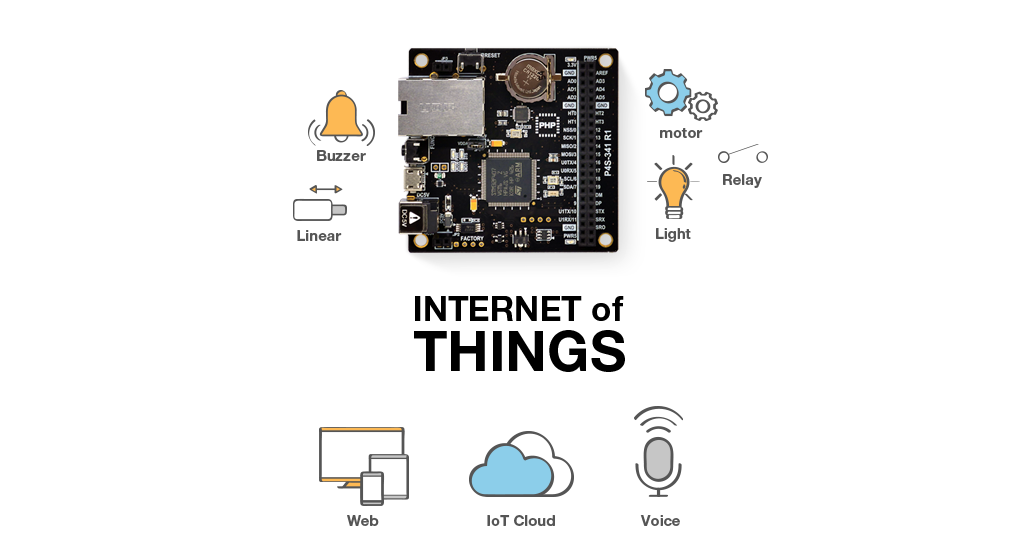
|
Via Web |
You can create Web App on PHPoC, which enable to control devices from web browser on PC, tablet or smart phone.
Especially, since PHPoC supports HTML5, devices can be controlled through WebSocket using graphic UI on web browser. * Examples: Feeding Fish, Web-based Joystick, Arm Robot Controlling, Drawing via Web |
|
Via IoT Cloud or Web Service |
You can control PHPoC-powered devices via Clouds or web services via various protocols (such as HTTP, MQTT, TCP socket). * Examples: PHPoC with IFTTT, PHPoC with MQTT |
|
Via Voice Interaction |
You can create the PHPoC-powered devices which can be controlled via intelligent personal assistants (such as Google Assistant, Amazon Alexa, Microsoft Cortana, etc). * Examples: PHPoC with Amazon Echo, PHPoC with Google Home, PHPoC with Cortana |
You can use PHPoC to create machine-to-machine devices.
These devices interact with each other over the internet with or without human intervention.
* Examples:
Internet Switch

When developing an IoT device, there is some information need to set by end-users (such as Wi-Fi SSID and password, IP address, user account, scheduling ...)
This information should be stored on non-volatile memory to make sure that this information is not lost when device is powered off. There are some ways to provide setting UI.
You can develop software and application for setting. However, by doing this way, you may need to develop in multiple platforms such as Windows, macOS, iOS, Android ...
There exists an easier way: just develop a web-based app, and you will be able to run it on all platforms that support web browsers.
* Examples: Setting via web

There are a lot of machines that are not connected to the internet.
These machines exchange data with PC or another machine via serial port, which has limited distance.
You can use PHPoC to creates an Internet Gateway, helping the machines exchange data
via unlimited distance. You can also pre-process data at PHPoC Gateway before transferring.
* Examples:
Internet Signage
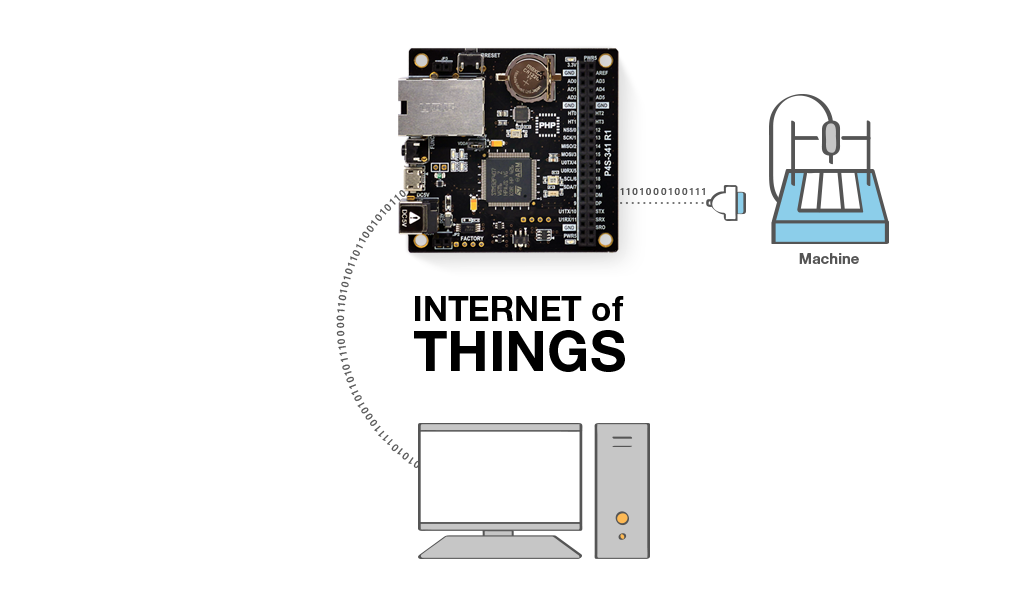
This part provides a lot of tutorials and examples ranged from easy to advanced.
Users can quickly learn about PHPoC and how to step by step create a PHPoC-powered IoT device.
